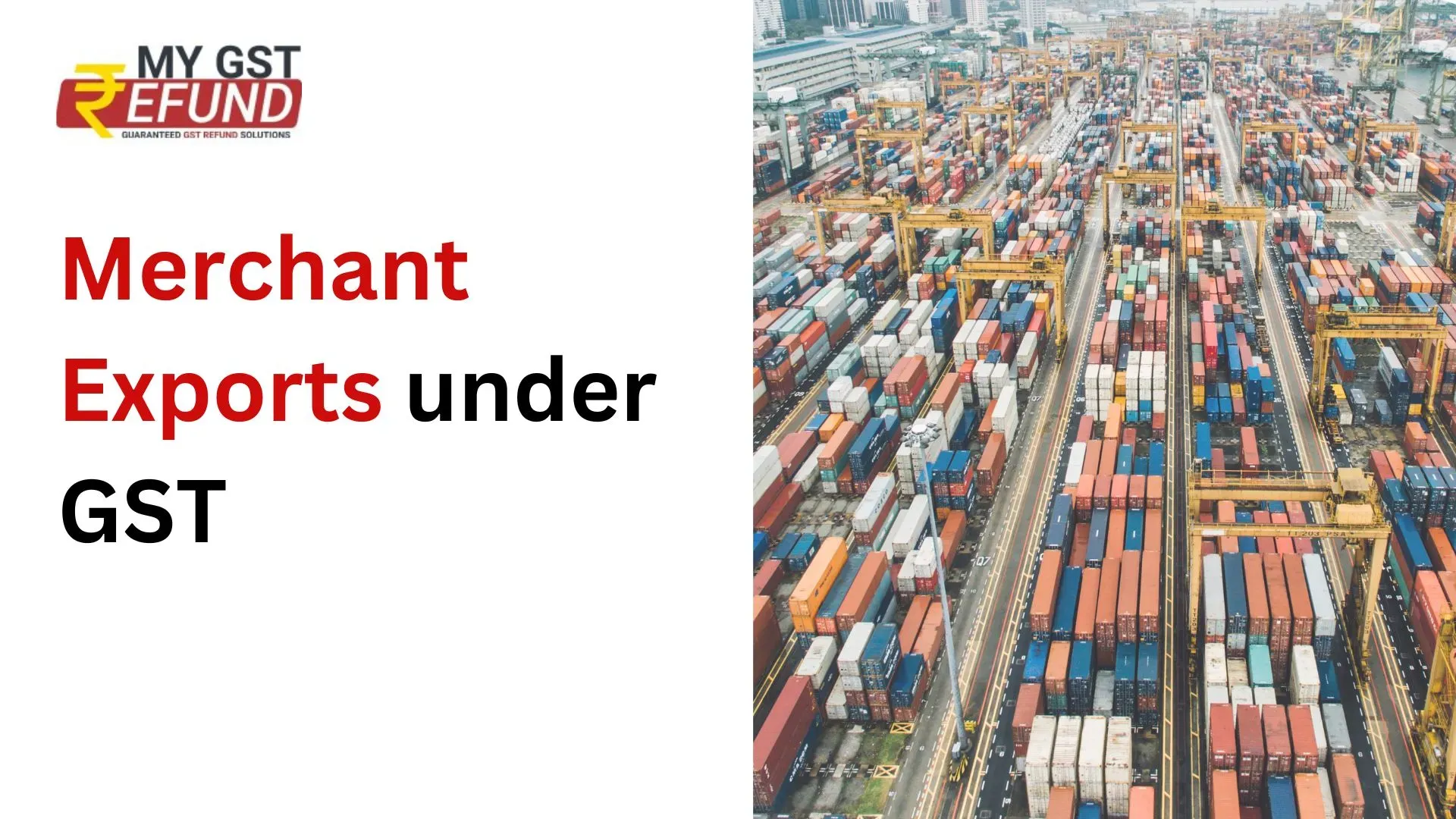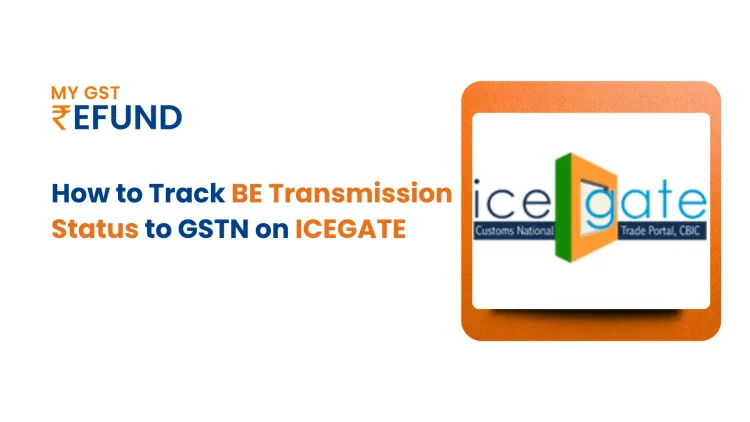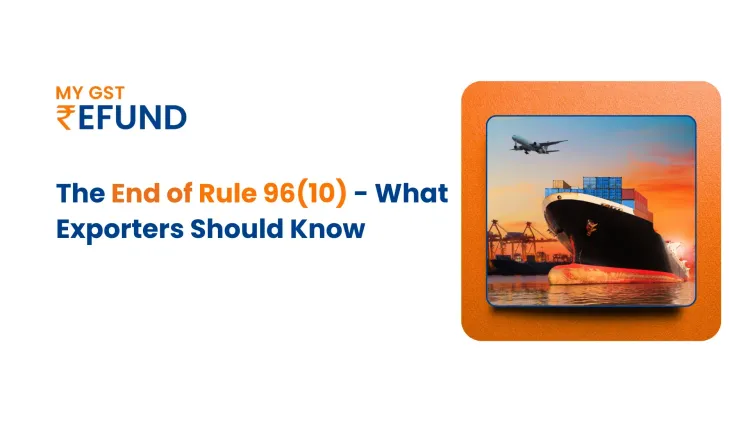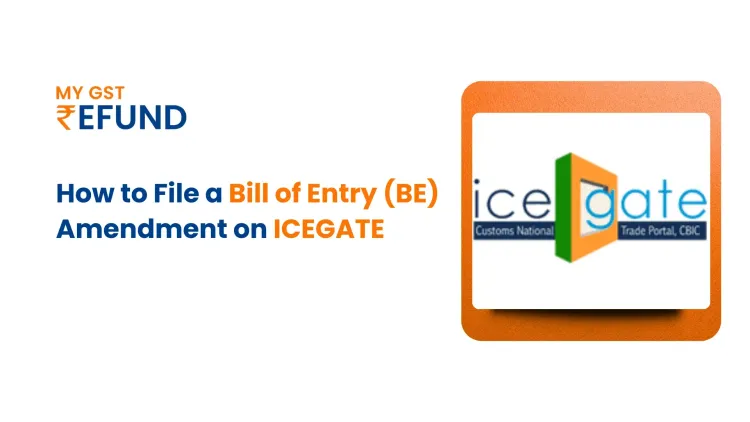Merchant Export under GST: Benefits, Rules & Process
Published on: Tue Mar 05 2024
Bio (Reveal/Hide)

Merchant Export under GST
Merchant exports refer to the direct or indirect purchase of goods from domestic suppliers by a merchant exporter who then exports them to an overseas buyer. Merchant exports under GST are treated as zero-rated supplies, meaning they are exempt from paying tax at the point of export. This incentivizes exports and enhances the competitiveness of Indian goods in the global market.
Procedure to be followed for Merchant Export
There are two primary options for merchant exporters under GST:
- Export under bond or Letter of Undertaking (LUT): This option allows exporters to pay minimal or no upfront tax and claim a refund of the Integrated GST (IGST) paid on exported goods. However, exporters need to furnish a bond or LUT as security for the potential tax liability.
- Payment of IGST with refund claim: Exporters can pay the IGST upfront and then claim a refund after successful export. This option is suitable for exporters who have sufficient working capital and do not want to furnish a bond or LUT.
Eligibility for the Concessional Rate under Merchant Exports
The government offers a reduced GST rate of 0.1% for merchant exporters purchasing goods from domestic suppliers. However, to avail this benefit, exporters must adhere to the following conditions:
Essential Requirements:
1. Tax Invoice: The tax invoice for the procured goods must explicitly mention the concessional GST rate of 0.1%.
2. Export Timeline: The purchased goods must be exported within a strict 90-day timeframe from the date of the tax invoice issuance.
3. Shipping Bill Details: The GSTIN (Goods and Services Tax Identification Number) and tax invoice number of the supplier must be clearly stated on the shipping bill.
4. EPC/Commodity Board Registration: Merchant exporters must be registered with a recognized Export Promotion Council (EPC) or Commodity Board.
5. Order Copy Submission: A copy of the purchase order placed at the concessional rate needs to be submitted to the jurisdictional tax officer of the registered supplier.
Transportation and Documentation:
- Direct Movement: Goods must be directly transported to the location from where they will be forwarded to the port, Inland Container Depot (ICD), airport, or Land Customs Station (LCS). This applies even for purchases from multiple suppliers.
- Export Documentation: Upon export, a copy of the shipping bill/bill of export, along with proof of Electronic Goods Movement (EGM) and export report, needs to be filed with both the registered supplier and their jurisdictional tax officer.
Tax Payment and Consequences:
- Mandatory LUT/Bond: Merchant exporters must utilize a Letter of Undertaking (LUT) or bond when exporting goods, not the payment of tax (Integrated GST).
- Non-Compliance Penalty: If the exporter fails to export the goods within the 90-day window, the registered supplier will lose the benefit of the concessional tax rate.
GST Refund Process when a merchant exporter is involved
This section clarifies the refund process for different scenarios involving merchant exporters:
Scenario 1: Tax-Free Exports with Input Tax Credit (ITC) Refund:
A supplier sells goods to a merchant exporter with a minimal GST (0.1%).
The merchant exporter then exports the goods without paying any tax (zero-rated).
Under Section 54(3) of the CGST Act, the merchant exporter can claim a refund of the unused ITC at the end of the tax period.
Scenario 2: Inverted Duty Structure and ITC Refund for Suppliers:
This scenario involves two suppliers:
Supplier 1 sells goods to Supplier 2 at the standard GST rate.
Supplier 2 then sells the goods to a merchant exporter at a lower rate (0.1%).
Supplier 2 (not directly exporting) can still claim an ITC refund under Section 54(3) due to the inverted duty structure (higher tax on inputs than outputs).
Scenario 3: Tax-Paid Exports and Refunds for Exporters:
Here, the merchant exporter chooses to export with payment of tax (Integrated GST or IGST).
The concessional 0.1% tax rate isn't applicable in this scenario.
The supplier follows the standard tax regime, using ITC for output tax payment and paying any remaining balance in cash.
However, the merchant exporter can still claim a refund of both the unused ITC and the paid IGST for the zero-rated export.
Frequently Asked Questions
What is the difference between merchant exports and deemed exports?
Deemed exports are supplies of goods manufactured in India to specific entities notified by the government, even though the goods physically remain within the country. In contrast, merchant exports involve the physical movement of goods outside India.
What are the benefits of utilizing the Merchant Export Scheme?
The scheme offers zero-rated supplies, reduced tax rates on purchases, and streamlined refund procedures, enhancing the competitiveness of Indian exporters in the global market.
What are the recent changes in the Merchant Export Scheme?
As of January 1st, 2019, the concessional GST rate on purchases for exports under the scheme was reduced from 0.1% to 0.05%.
Also Read: Input tax credit Under GST
Related Posts





